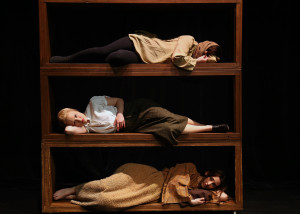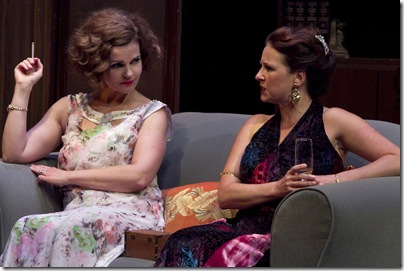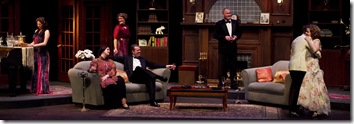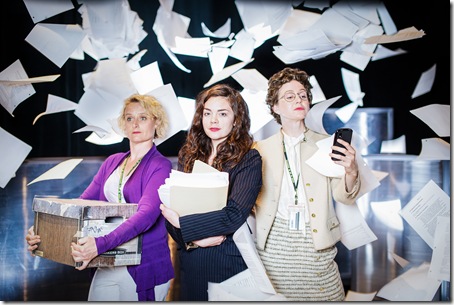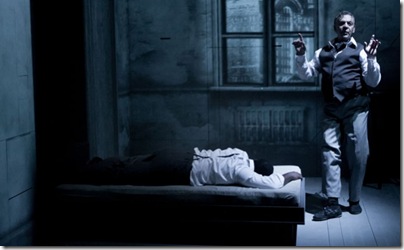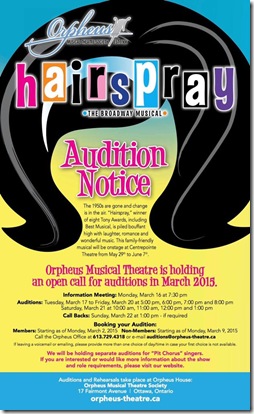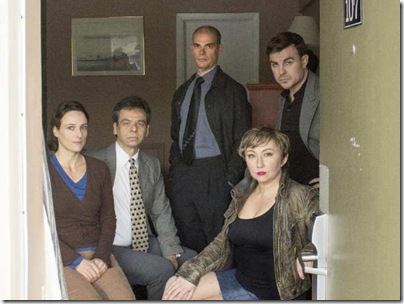From the Montreal Fringe 2015. An unlikely hero emerges in The Inventor of all Things by Jem Rolls
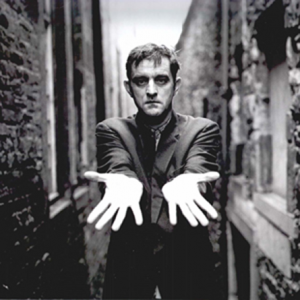
Leo Szilard is one of those impressive historical figures who you probably have never heard of. That is, unless you are performer Jem Rolls who seems to be a walking encyclopedia dedicated to Szilard. Rolls’ one man show is biographical storytelling and delivers a fantastic amount of information at an impressive pace.
And so, who was Szilard? A Hungarian, Jewish physicist, and what many might call a genius. He was a bombastic personality, oftimes loathsome and hidden in the footnotes of the works of more famous scientists, philosophers and politicians. He inspired the science that led to the first theories of the Atomic Bomb, and then kept the key that would unlock the science to himself to keep it out of the hands of the Nazis in the late 1930’s.
Jem Rolls delivers a truly impressive history with zeal and inflections that call to mind a British Steve Irwin. The performance is more along the lines of performative lecture than theatre. The story is fascinating and immaculately researched, and Rolls inserts humour by reminding us of his performance’s own structure, and his intentions to convince us that Szilard was as much a hero as he was a physicist.
Though Rolls’ passion for the subject matter is palpable, the density of information ended up being a barrier. Ultimately, despite some issues with pacing, the story leaves you wondering why you’ve never heard of Szilard before. If you asked Rolls, I imagine that he would say, “Mission accomplished “.
